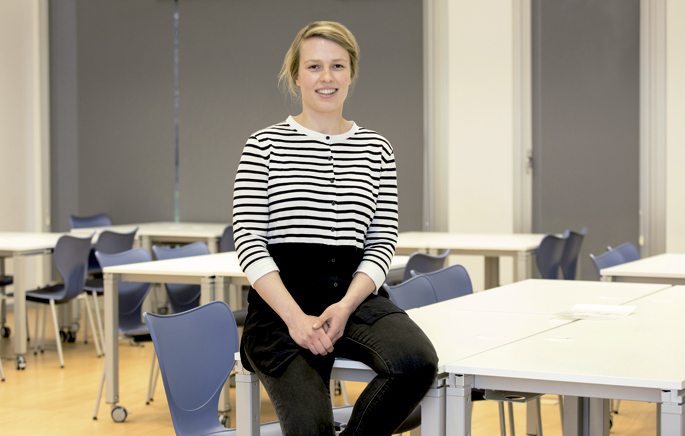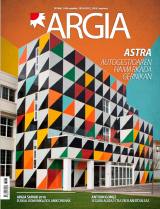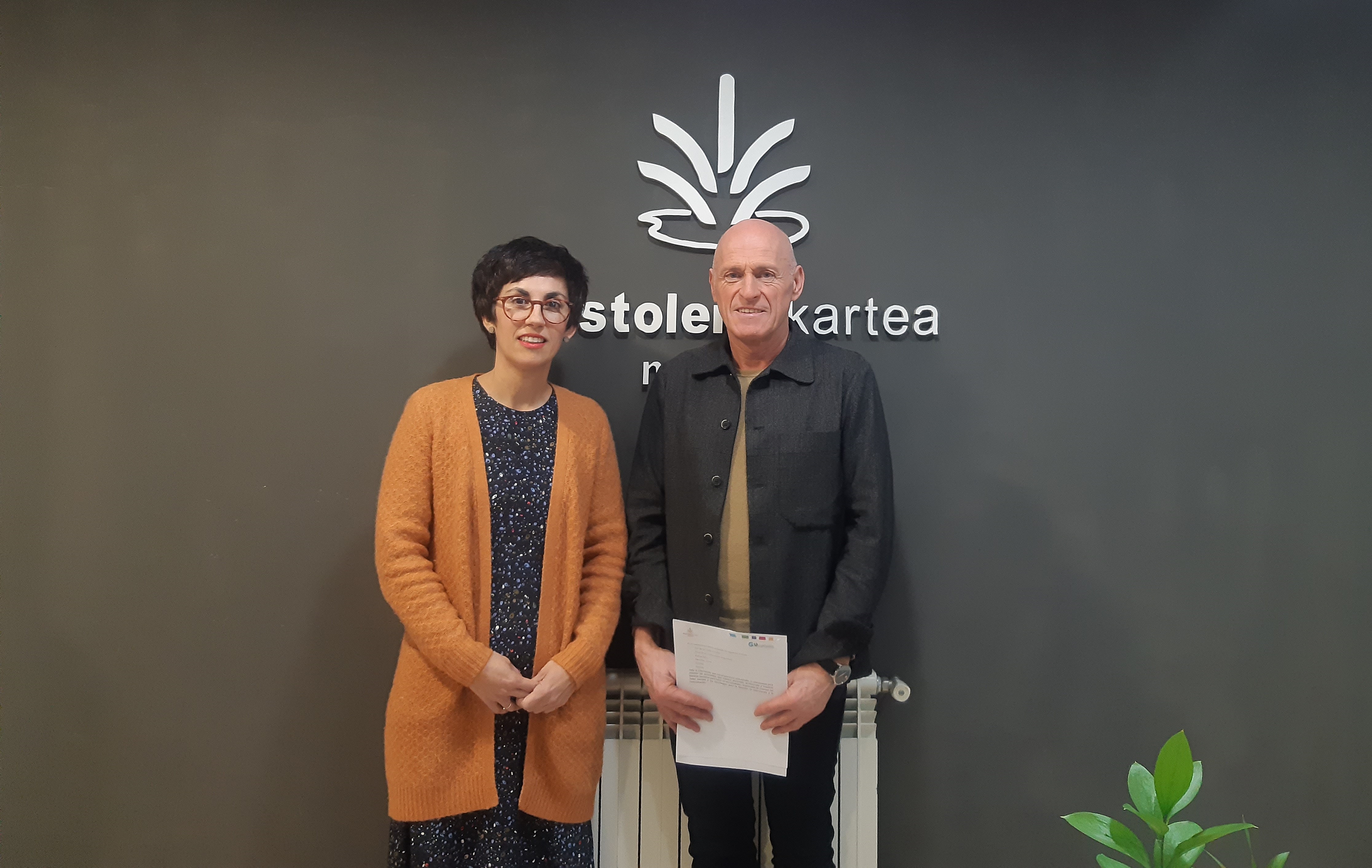- In 2009, they started using the KiVa method in Finland to combat bullying or bullying. They have succeeded in halving the number of aggressors and the number of victims by one third, to 90 per cent of the country's primary and secondary schools. Given the success of the method, it has spread to a dozen countries and in our environment, the Federation of Ikastolas has organized a working day to analyze KiVa. Among other guests, the international coordinator of the programme, Johanna Alan, has been in charge of interviewing the programme.

Instead of focusing on the victim or the aggressor, KiVa’s key is to act on the entire team.
We're trying to empower students to defend victims and not take on bullying. Although many people realize that bullying is wrong, the number of people defending the victim is usually relatively small, so the goal is for children to become active and take the step to defend them.
And how do you get that?
We discuss with boys and girls the different roles that exist in situations of harassment, because viewers and witnesses who are not direct aggressors also play a role, for example, those who laugh in the environment reinforce the aggressor, the message they convey is that the situation is entertaining and fun. We want to make them see that in this process each one plays a role, a task, and that it is the responsibility of everyone what is happening; they understand that they can play another role, that does not obey the pressure of the group, and that it can end the persecution. We do many exercises for this, theoretical and practical, organizing discussion groups, making role-playing games… and children realize that the decision is in their hands: they can continue to accept harassment or do something.
"We started working with the students basic concepts to develop healthy relationships: empathy, respect, how to communicate emotions... And then we started talking about harassment."
It will also be important to work on empathy…
One of the pillars of the KiVa program is to deepen the feeling of empathy between boys and girls, so that they understand how the victim feels and therefore protect her. We started working with the students on basic concepts for the development of healthy relationships: empathy, respect, how to communicate emotions, how to interact with others… That is the starting point, and then we started talking about harassment.
Does the aggressor need special training?
We only talk to the aggressor, but maintaining the group dynamics. Both are necessary and depending on the case one or the other will take more strength: the individual is the right thing, “we know what you are doing and this has to end”, and the collective is more transversal, the confrontation is less direct and it is about working empathy towards others, making visible the damage that is being caused to the victim… They are different approaches to face the same problem.
What is the process that follows the method and the material you use?
It is divided into three stages: Stage of 7-9 years, 10-12 years and 13-15 years. We have all kinds of materials, very interactive, both online and on paper, and audio-visual, aimed at teachers, students and parents. These are tools aimed at prevention and intervention, since preventive work is very important, but also to provide resources to students, teachers and others to cope with situations of harassment. Each year, students anonymously fill out an online questionnaire to tell if they have suffered or witnessed any cases of harassment, which gives us a lot of information about the school situation, it is very useful to assess whether the tools, exercises and discussion groups being used in this center through KiVa are working properly.
The hardest step is to accept or report that someone is suffering bullying? Detect it? How do we get this first step?
For school workers it is not easy to know all the cases, and in the anonymous questionnaires mentioned above we have seen that there are cases that are not detected in the KiVa sessions. We are studying different ways of overcoming this imbalance and bringing to light all the cases that occur, and thus, without the need to deal with the complaint, we offer the possibility that in the Internet mailboxes students can inform the teachers of what happens.
On the other hand, the role of teachers is fundamental, receives training and teaches students that there are normal situations and others not, that is bullying and that no, that the conflict that occurs at a given moment among equals is not harassment, but rather a systematic oppression among those who are not on equal conditions and exercising this power.
Does KiVa also serve to address cyberbullying?
It is effective in dealing with all kinds of harassment, whether physical, online, by social exclusion…
KiVa emerged from the commitment between the education community and the Government of Finland in the fight against austerity. At what level is the cooperation of the center in Finland with the community, the people, the public administration…?
KiVa was a decision of the Government of Finland, a programme set up by the government, but I think there is still much to be done to strengthen cooperation between schools, peoples, communities and all, if we really want to tackle bullying. We, at the moment, work primarily with parents, because it is very important that they get involved, let's not say when it comes to detecting harassment, to know that there is a victim.
Is the model exportable by itself?
The material is the same for all places, but we work with local agents and adapt it to local culture and forms. For example, in KiVa we have strategies that are more mindful of confrontation and not confrontation, as some countries prefer direct talks (in Finland, for example, teachers use this strategy very much, “this must end”), while in other countries, culturally they do not find it appropriate, they prefer cross-cutting work, group dynamics (for example, in the Netherlands).
Incel, cyberbullying, sexting, catfishing, cyberbating, doxxing, gaslighting, grooming, sextorisio… Lately all the negative behaviors of human beings are being “tag-eated” in the digital sphere, it seems that the manifestations we had in the physical sphere do not serve to... [+]
You, who have been persecuted in school and therefore have no crew, I do not know how you live that you do not have a crew. To me, that made it very difficult for me in the day to day at the time of the ikastola, until I became dependent on the desire to have a crew. In recent... [+]
LGBTfobiaren adibide lazgarriak ugariak izan dira 2021ean, Euskal Herrian eta munduan. Andaluziatik iritsi da azken kolpea: 20 urteko emakume batek bere buruaz beste egin zuen abenduaren 28an, lesbiana izateagatik bortizki jazartua izan ostean. Lau salaketa jarriak zituen.
























